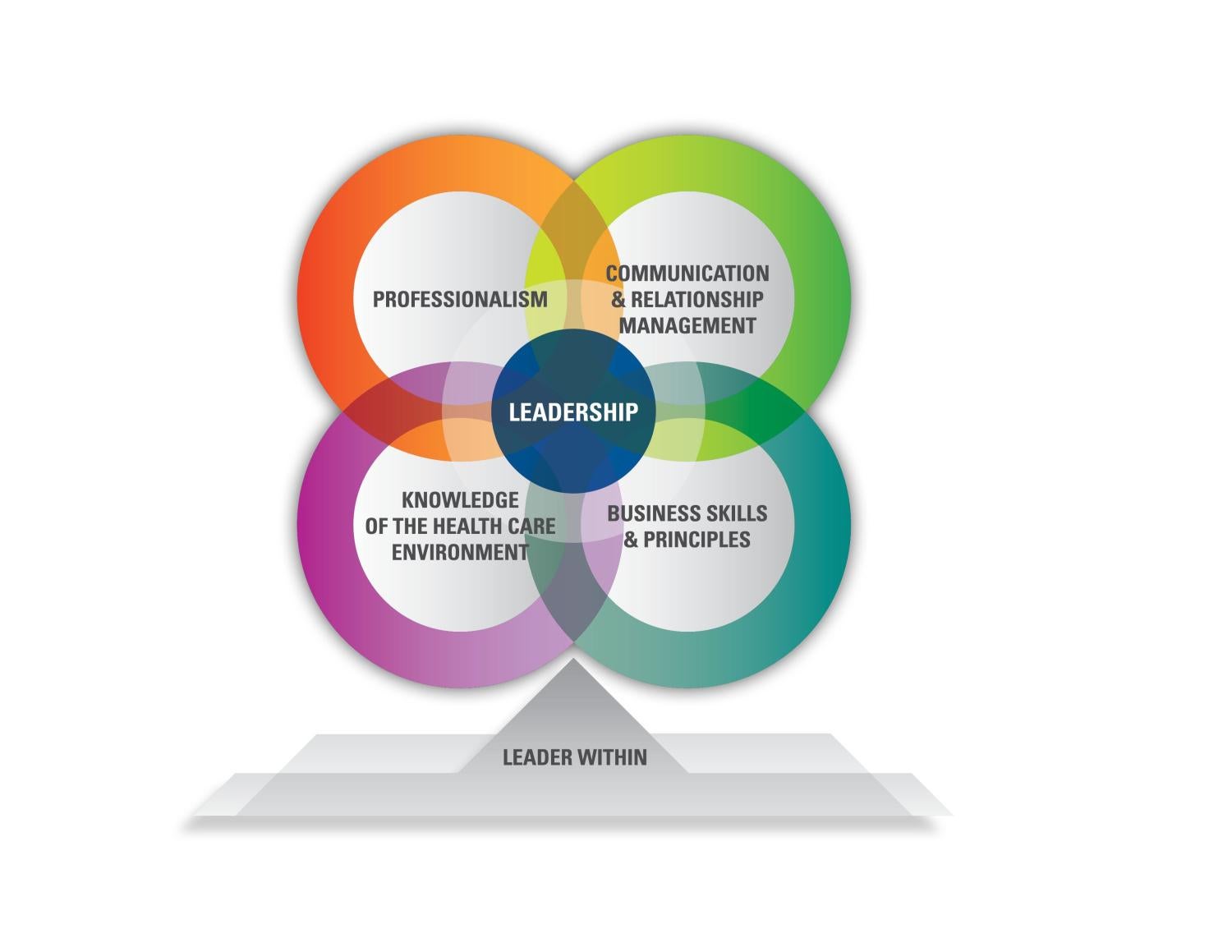
AONL Nurse Leader Core Competencies AONL
Similarly, the ability for nurses to predict change, employ improvement strategies, and exercise fiscal prudence are critical skills. System awareness, innovation, and design also are needed to address such issues as structural racism and systemic inequity. Entry-Level Professional Nursing Education.
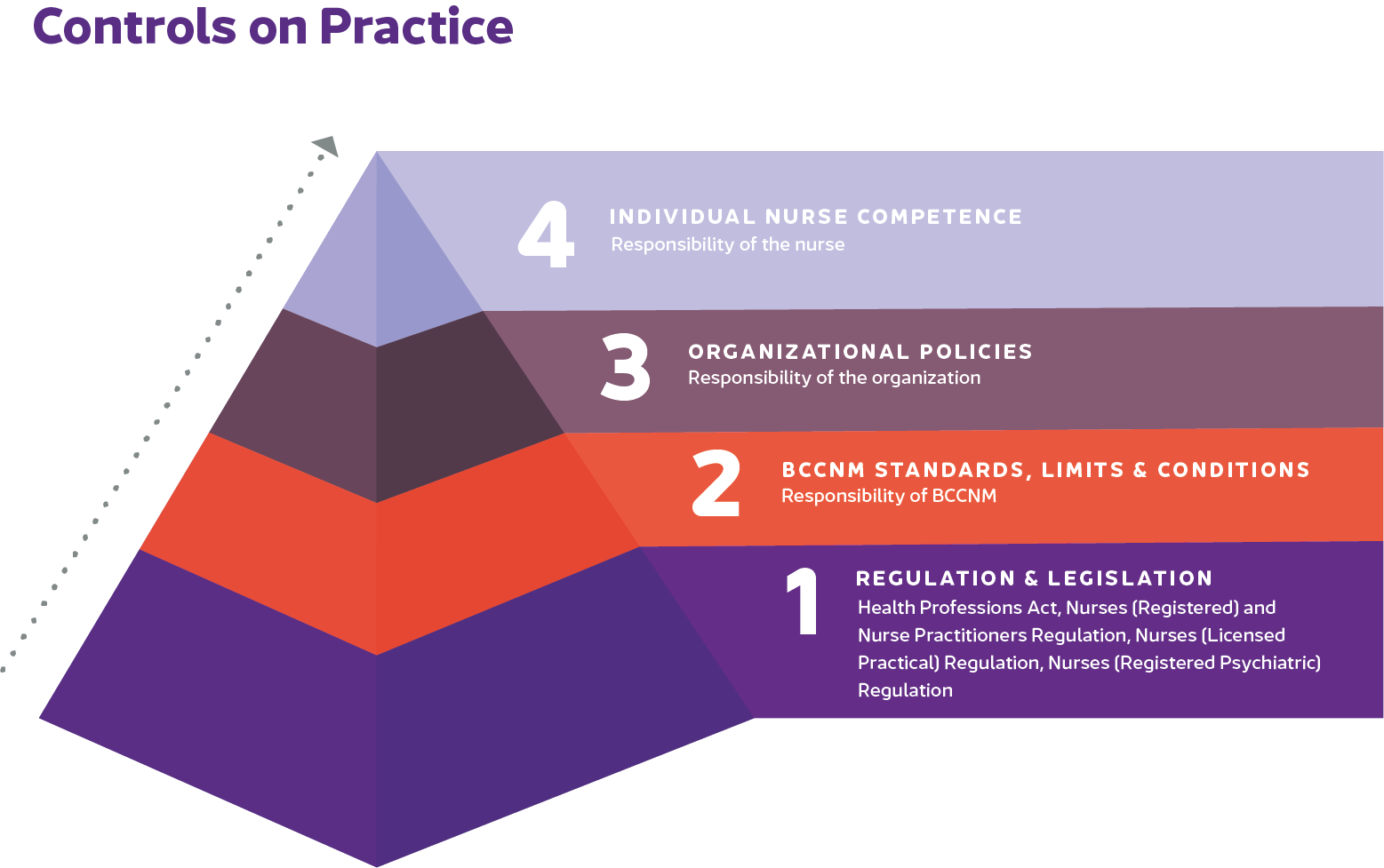
Controls on nursing practice
Abstract. Nurse practitioner (NP) and advanced practice nurses (APNs) must be competent in their area of practice. Practice competencies define NPs' and APNs' scope of practice and assess proficiency of the knowledge and skills to provide safe care. There are several different standards worldwide for developing and implementing APN and NP.

Nursing Scope and Standards of Practice, 4th Ed. AACN
Evidence-based practice is "integrating the best available evidence with the healthcare educator's expertise and the client's needs while considering the practice environment.[1] One of the roles of the NPD practitioner in the 2022 edition of the Nursing Scope and Standards of Practice is a champion for scientific inquiry. In this role, the NPD practitioner promotes a spirit of inquiry.
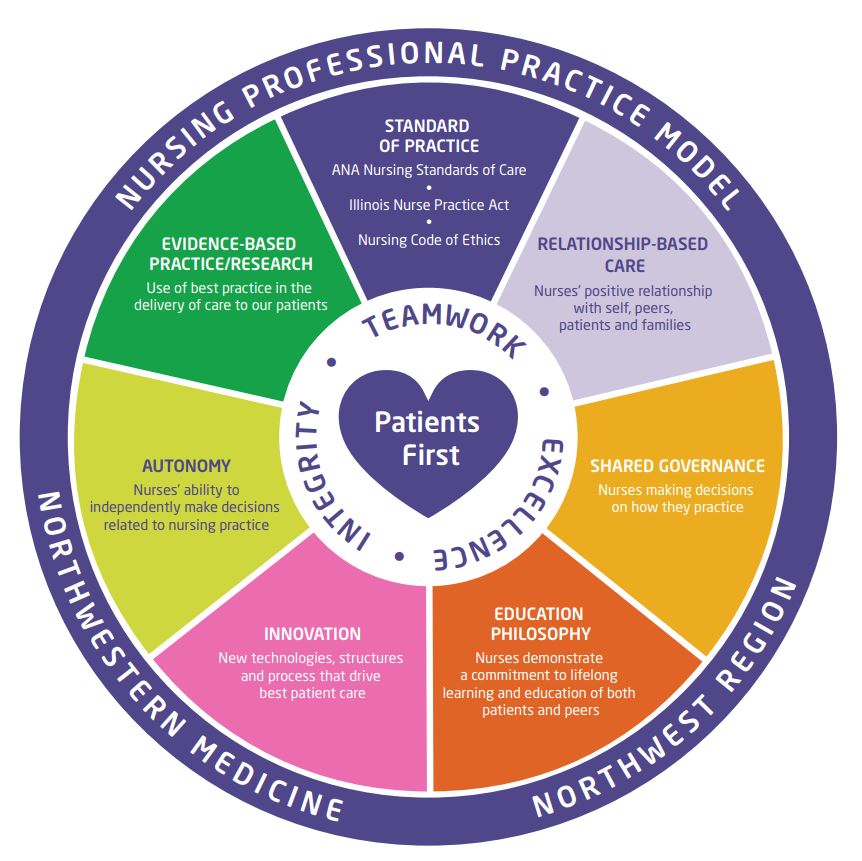
Examples Of Nursing Care Models Printable Templates
MAY 2013. i. Approved by the College and Association of Registered Nurses of Alberta (CARNA) Provincial Council, May 2013. Permission to reproduce this documents is granted. Please recognize CARNA. College and Association of Registered Nurses of Alberta 11620 - 168 Street Edmonton, AB T5M 4A6.

Six Key Nursing Leadership Competencies Emerging Nurse Leader
The provision of the competencies aims to clearly state exactly what registered nurses must achieve before being registered with the nursing board and that they need to maintain these competencies throughout their careers to protect the public and ensure the quality and safety of nursing practice (Kukkonen et al., 2020).

Standards for practice for registered nurses in Australia Collegian
3. Gerontological nursing practice standards are implemented by gerontological nurses to facilitate the health and well-being of and provide care to older persons across all settings. 4. Gerontological nurses practice in a manner that incorporates expected age related changes in a culturally sensitive manner. 5.
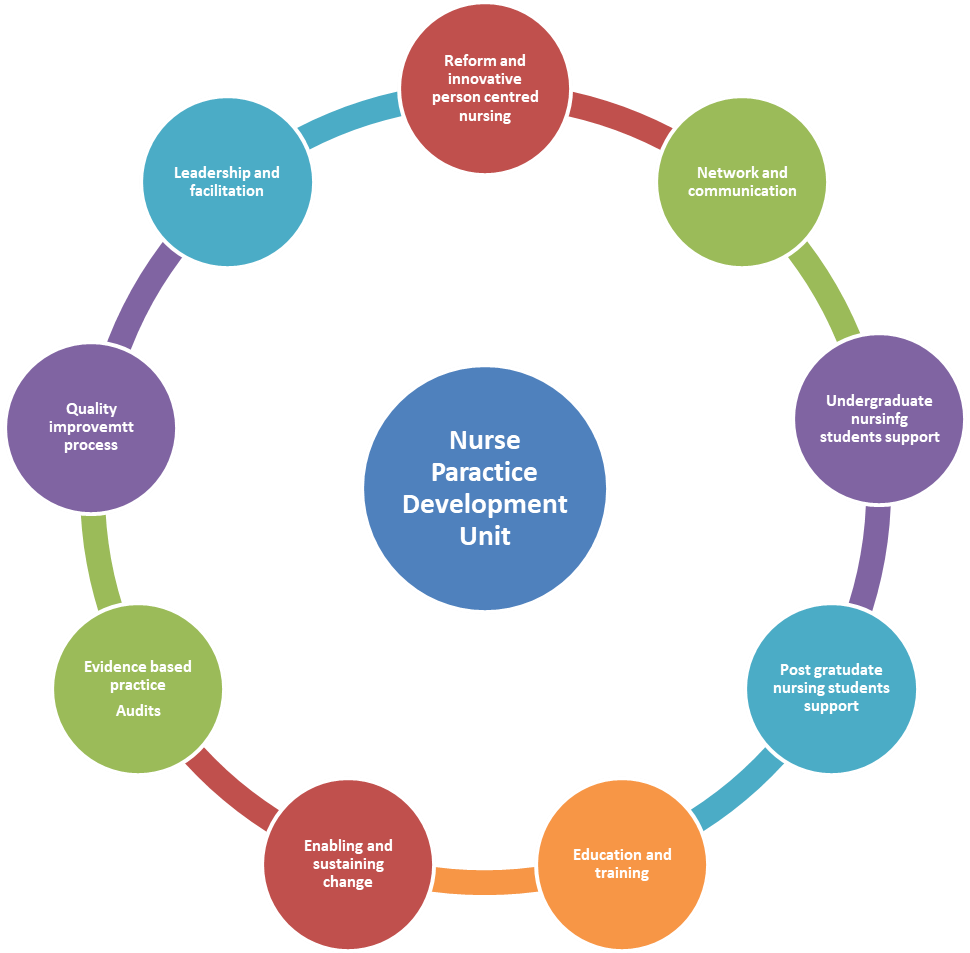
Nurse Practice Development Unit Saolta University Health Care Group
Decision-Making Standards for Nurses in the Supervision of Health Care Aides (2010) On March 31, 2023, various provisions of Health Statutes Amendment Act, 2020 (No. 2), commonly called "Bill 46", and regulation made under it will come into force. Therefore, references to restricted activities and activities of daily living have moved from.

Standards For Nursing Practice PDF Nursing Educational Assessment
This exciting textbook is designed to help student nurses better understand the competencies set out by the NMC and equip them to achieve and demonstrate competency as they prepare to qualify as a nurse. The book is divided into sections that address the four domains of competency: Professional Values. Communication and interpersonal skills.

NURSING INFORMATICS ENTRYTOPRACTICE COMPETENCIES FOR REGISTERED
The Nursing: Scope and Standards of Practice, 4 th Edition, is an essential document for every nurse practicing in the United States. The scope of practice statement answers the who, what, when, where, how, and why questions of nursing. The standards provide authoritative statements of the actions and behaviors that all registered nurses are expected to competently perform, regardless of role.

Standards of Nursing Practice PDF Nursing Governance
AACN's Vision for Academic Nursing ( 2019b) offers a plan of action including utilization of a competency-based model for educating the next generation of professional nurses. AACN (2021a) has created a framework with ten domains and eight core concepts with associated sub-competencies within each of the domains (see Table 1 ).

Examples of the 22 National Practice Standards for Nurses in General
The nursing competency structure consists of four abilities: the ability to understand needs, the ability to provide care, the ability to collaborate and the ability to support decision-making. These four abilities are closely related and utilized in all types of nursing practice settings.

ANA Standards Advanced Practice Registered Nurse Nursing
principles apply to the education and practice of entry-level registered nurses: 1. The entry-level RN is a beginning practitioner. It is unrealistic to expect an entry-level RN to function at the level of practice of an experienced RN. 2. The entry-level RN works within the registered nursing scope of practice, and
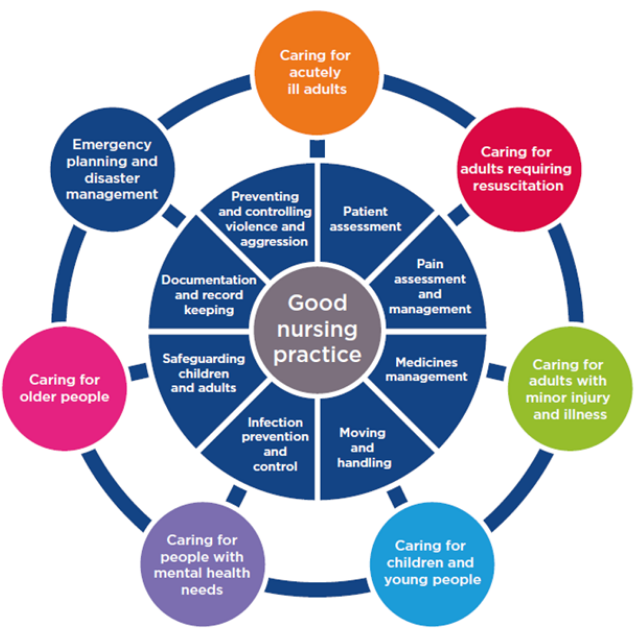
Foundation Nurse Programme DREEAM
Revised by the Committee on Nursing Practice Standards and Guidelines and approved by the Congress on Nursing Practice and Economics in September 2005, September 2008, and September 2010. Revised by the Committee on Nursing Practice Standards and approved by the American Nurses Association Board of Directors in August 2017 and June 2021.
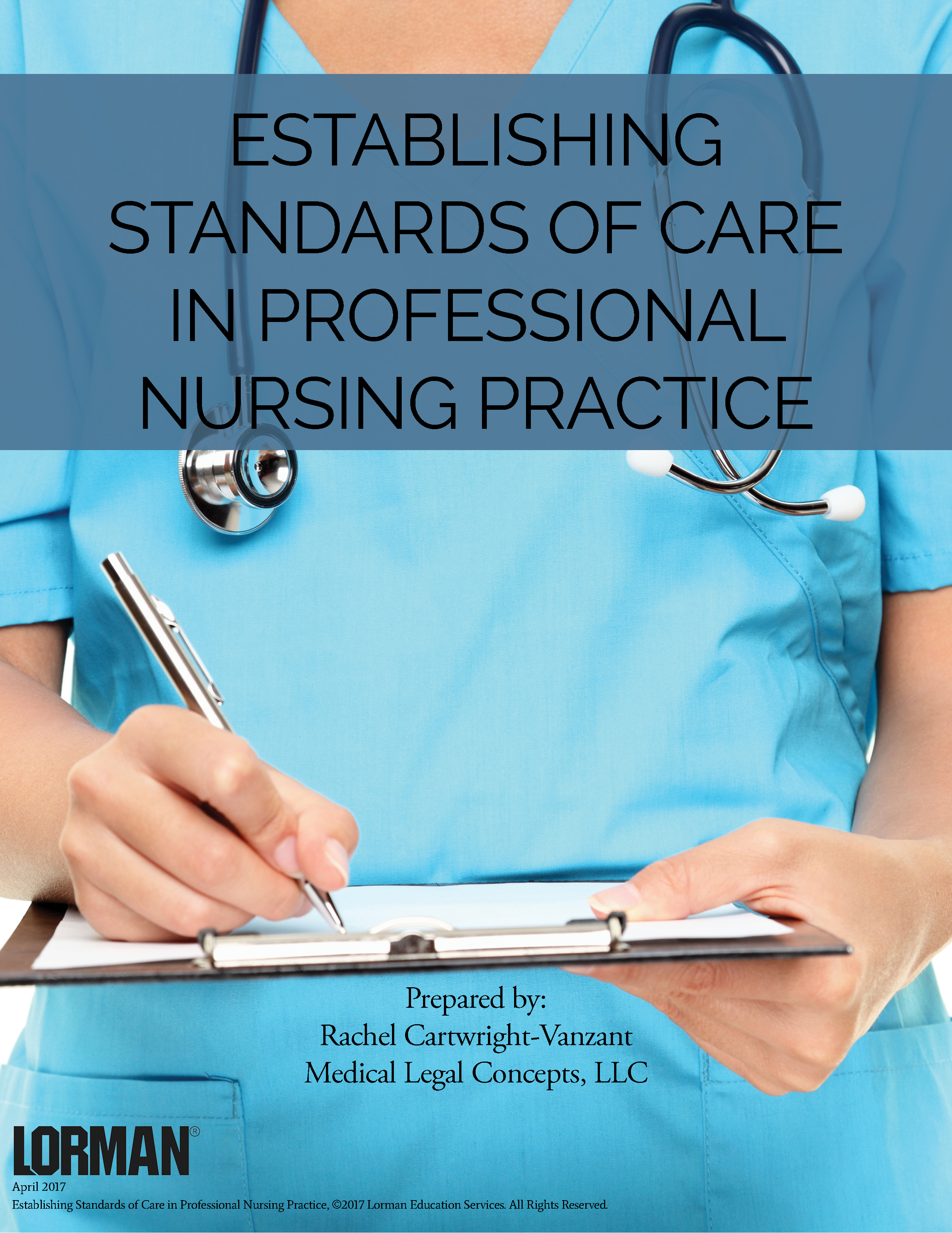
Establishing Standards of Care in Professional Nursing Practice — White
In summary, the Essentials Competency Assessment Framework includes four components which together create a platform for assessing student learning and readiness for professional nursing practice. For professional nursing practice which include knowledge, skills, values, and attitudes that cross all professional nursing practice.

PPT Using the ANA Standards of Nursing Practice and Professional
Provides safe, appropriate and responsive quality nursing practice. Evaluates outcomes to inform nursing practice. The above standards are all interconnected (see Figure 1). Standards one, two and three relate to each other, as well as to each dimension of practice in standards four, five, six and seven. Figure 1: Registered nurse standards

Nursing Core Competencies Nursing Health Care
Currently, all health care licensure is state-based, and there is some variability between the qualifications for licensure and re-licensure for each state. Defining scope of practice is generally a two-step process: Step 1: The state legislature passes a law, known as a "nurse practice act.". Step 2: Regulatory bodies then create and.